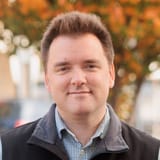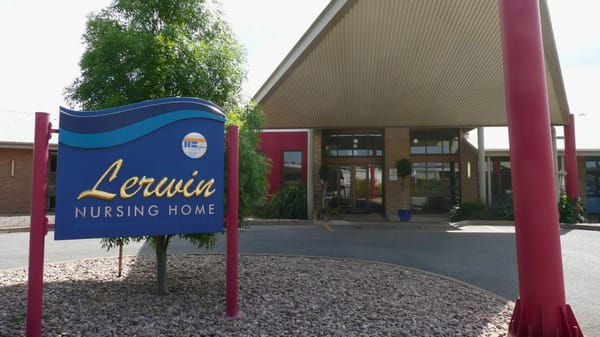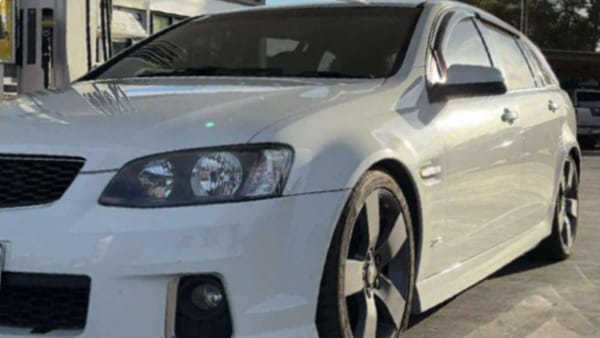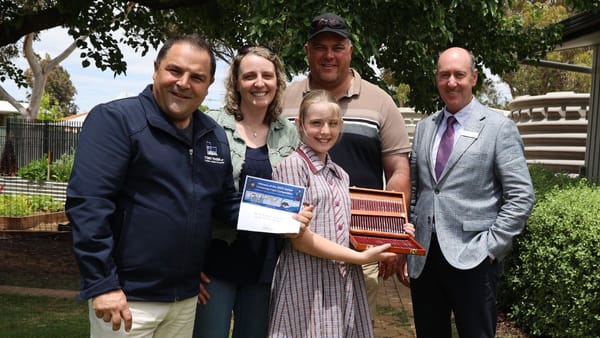Recovery from meth addiction is possible – ask Amy
Drug addicts need love and support, not judgement and fear, a survivor of long-term addiction has told an audience in Murray Bridge.
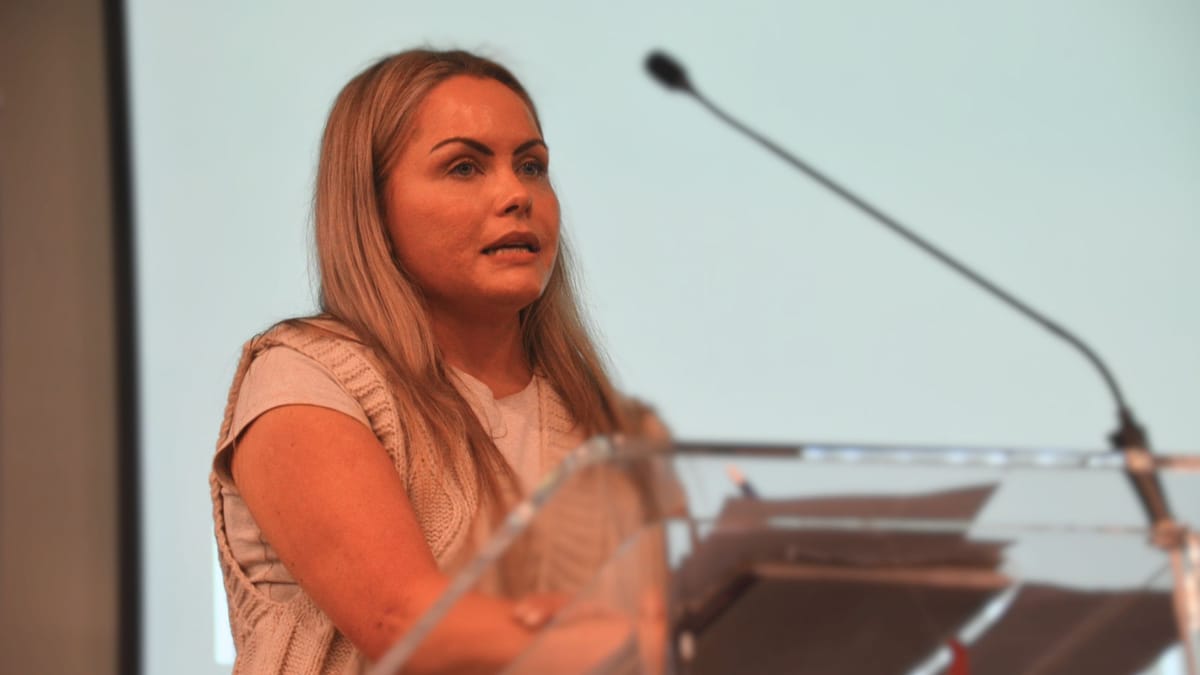
This story is free to read. Help Murray Bridge News tell more stories like this by subscribing today.
Close your eyes and imagine an image of a typical methamphetamine addict.
Got it?
Now open your eyes and look at the photo above.
Did the image in your head look anything like Amy McKay?
She grew up in what she described as a good family, did well at school and university, and had a glamorous and professional job in the media, first in Adelaide, then the United Kingdom.
She was the life of the party, too.
But inside, she carried a secret pain.
She never felt good enough for the life she had earned.
“I was deeply uncomfortable in my own skin, I was angry – I had a hole in my soul that nothing seemed to fill,” she said.
Within a few short years, alcohol and drugs took her to a terrible place.
At her lowest point, she found herself living behind drawn curtains, scared and alone, drinking four litres of wine a day and using meth to stay awake.
“I was thin, I had sores on my face … my liver had failed, I’d been in the ICU … I was addicted to ice and I was also on methodone,” she said.
“I’m pretty smart, and I knew better, but it’s not about that.
“Addiction isn’t about intelligence or willpower, it’s about pain and a response to pain.”
Her life story was a cautionary tale, she suggested.
Drug addiction could happen to anyone.
But she also brought a positive message: with the right support, recovery was possible.
At the age of 45, she hadn’t had a drink or used drugs in three years.
Her recovery had involved talking with other addicts at Alcoholics Anonymous and Narcotics Anonymous; time in a rehab facility; and therapy sessions with a lived experience psychologist.
Most importantly, though, it had meant rediscovering who she was and could be.
“Healing isn’t just about stopping drugs, it’s about restoring identity,” she said.
“When people feel proud of who they are, they don’t need substances to cope.
“I created a life and a brain that I didn’t need to escape ... I’m proud of who I am now, so why would I need to escape that?”
The fact she had escaped her old life didn’t make her better than anyone who was still struggling, she said – just lucky.
But she hoped that others would experience the same good fortune.
And she hoped that those around them would think offer love and support to people experiencing addiction, not judgement and fear.
“Addiction isn’t a moral failure,” she said.
“It’s not about being weak or being bad – it’s about pain.
“Addiction is a way to cope with trauma, grief, poverty, racism, feeling disconnected from family and culture; when life feels unbearable, drugs and alcohol can feel like the only relief.”
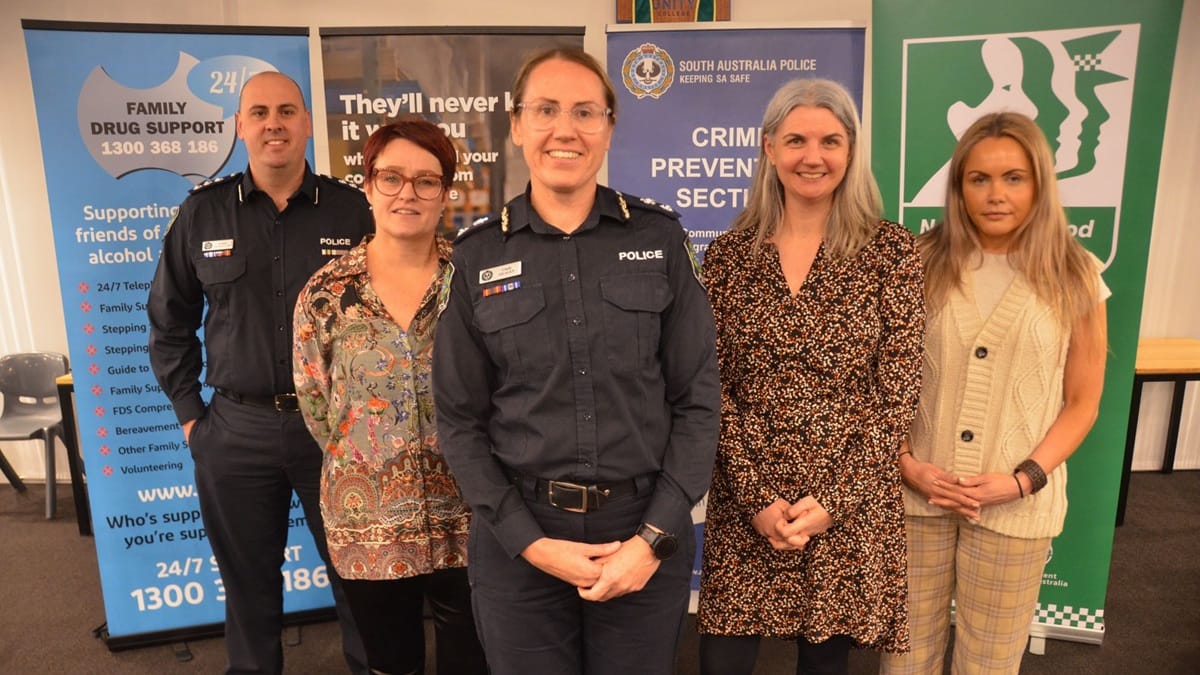
Forum focuses on breaking the chain to build the future
Ms McKay shared her story at a public forum organised by SA Police in Murray Bridge last month.
Other speakers at the event at Unity College included Detective Inspector Nathan Schollar, from the police unit which tackles serious and organised crime; experts Victoria Cock and Bronwyn Gordon from Drug and Alcohol Services SA; and local Superintendent Cindy Healey.
Detective Inspector Schollar encouraged residents to keep an eye out for suspicious behaviour which could indicate the presence of a drug lab on a neighbouring property:
- homes which were unoccupied but had fans or air conditioners running
- cars turning up irregularly or at odd hours
- unusual hoses or power cords running in and out
- visitors who avoided contact with neighbours and/or seemed stressed all the time
“The only way we’re going to find (drug labs) is by members of the community coming forward and giving us hints,” he said.
Stamping out the illicit drug trade was not just about the direct harm caused by drug use, he said; it was about preventing organised criminal groups from using drugs to fund other activities that hurt people in Australia and elsewhere around the world.
Drug manufacturers and dealers were also destroying the lives of innocent users, Dr Cock suggested.
Meth users might feel good for a short time, she suggested – after all, it gave users a dopamine hit 300 times stronger than eating a piece of cake – but users quickly found themselves unable to cope between highs, and needing bigger doses to achieve the same result.
The problem of ice use was only increasing across Australia, she suggested.
Reducing demand, and reducing the harm drugs caused, was the way our society needed to move forward.
That might mean:
- more funding for rehabilitation services
- introducing legal injecting rooms, where life-threatening side effects could be treated, rather than leaving addicts on the streets
- pill-testing at festivals
- better promoting naloxone, which was available for free at pharmacies and could save people from opioid overdoses
Drug use was not a problem that could be solved in just one way, Superintendent Healey said.
Police, support services and community members needed to work hand in hand.
More individuals like Ms McKay would need to be brave, stand up and tell their stories, too.
“Everyone has a story behind them, everyone has abilities and potential; it’s about seeing those people and recognising them for who they are and what they can do for our community,” she said.
“We can’t police our way through (the issue), but we are doing the best we can to stop the people who are taking advantage.”
- Get help: Talk to your GP; call the Alcohol and Drug Information Service on 1300 131 340; or contact iReach, Life Without Barriers, Mission Australia for users between the ages of 10 and 24, or Family Drug Support Australia for families of users.
- Attend an Alcoholics Anonymous meeting: 7pm on Mondays at the Murray Bridge Salvation Army hall, 4 Fourth Street, or 7pm on Wednesdays at Murray Bridge Uniting Church.
- Access naloxone: Visit Amcal, Chemist King, Chemist Warehouse, Priceline or Terry White Chemmart in Murray Bridge; or Mannum Riverside Pharmacy or Terry White Chemmart at Mannum.
- More information: knowyouroptions.sa.gov.au.
- Report suspicious activity: Contact Crime Stoppers on 1800 333 000 or at www.crimestopperssa.com.au.

